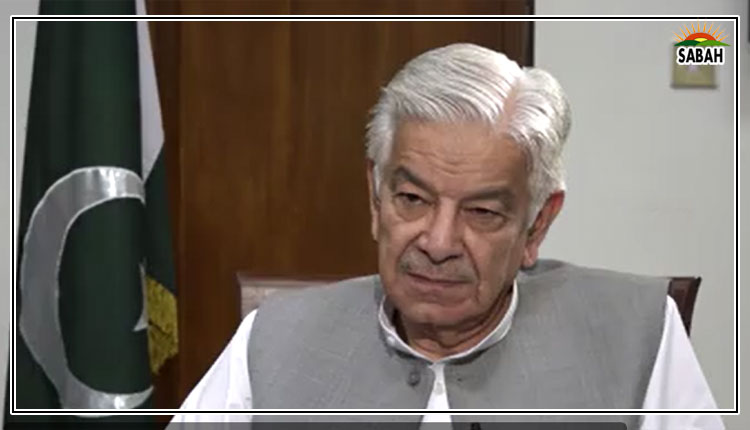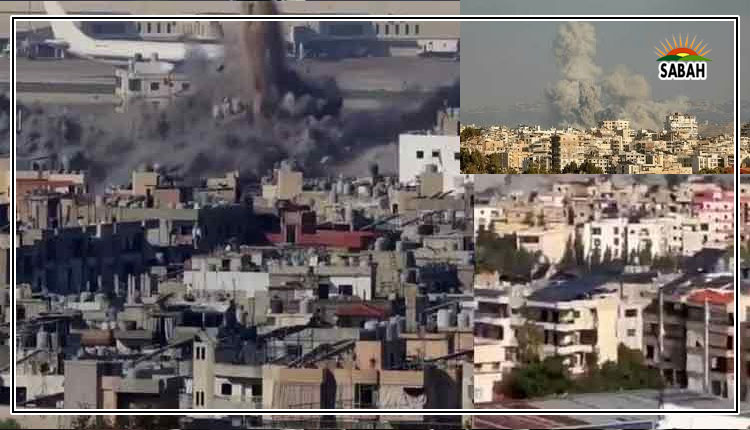Climate under siege…Masood Lohar
FOLLOWING extreme heatwaves in almost every corner of the world, heavy rains and floods shocked the global community. This is becoming a pattern.
The recent past witnessed an unprecedented series of extreme weather events across South Asia and neighbouring regions, with devastating impacts on lives, infrastructure, and economies. A powerful monsoon system wreaked havoc, triggering catastrophic floods, landslides, and storms across India, Bangladesh, China, and Pakistan.
Not too long ago, a thunderstorm-laden monsoon swept into southern Sindh after causing significant damage in Indias Gujarat and Rajasthan regions. The monsoon, which has been unusually intense this season, brought with it torrential rains, strong winds, and widespread flooding. Major cities were inundated, with low-lying areas submerged and infrastructure damaged.
We saw people being displaced due to rising water levels, with power outages and road blockages hampering rescue and relief efforts. An emergency was declared in parts of the country, as the authorities urged residents to stay indoors. The disaster follows a broader pattern of extreme weather that has gripped the region. Lately too, heavy rainfall has been predicted in certain areas in the week ahead.
A broader pattern of extreme weather has gripped the region.
In India, the monsoons fury and torrential rains, especially in Gujarat and Rajasthan, also led to flash floods that engulfed villages and towns, resulting in significant loss of life and property, with thousands rendered homeless. Emergency services were stretched to their limit, and conducting rescue operations in flooded areas and providing relief to affected populations was difficult.
Himachal Pradesh and Uttarakhand, too, felt the impact, with landslides triggered by the relentless rains. Entire villages were buried under mud and debris, with rescue efforts hampered by treacherous conditions. Further rains were also forecast for the current month, raising fears of additional inundation.
Meanwhile, Bangladesh is already prone to flooding due to its low-lying geography, and it was no surprise that it was severely affected by this years monsoons. Incessant rains caused the major rivers the Brahmaputra, Ganges, and Meghna to overflow, leading to widespread flooding across large parts of the country.
Millions were reported to have been affected, with many residents forced to flee their homes and seek refuge in temporary shelters. The floods also destroyed vast swathes of agricultural land, threatening the livelihoods of thousands and raising concerns about food security in the months ahead. The Bangladeshi government, along with international aid organisations, has worked around the clock to provide relief, but the scale of the disaster was overwhelming.
China was not spared the effects of extreme weather either, with the months of July and August bringing with them historic flooding and the onslaught of Typhoon Doksuri. The flooding, particularly in the northern and central regions, has been the worst in decades, with major rivers like the Yangtze and Yellow River swelling to dangerous levels. In some areas, entire cities were submerged, leading to massive evacuations.
The extreme weather events in South Asia and China are stark reminders of the growing impact of climate change. Scientists have long warned that global warming is leading to more intense and unpredictable weather patterns, with monsoons becoming more erratic and storms more powerful. The consequences are devastating for countries in the region, many of which are densely populated and heavily reliant on agriculture.
As the region gr-apples with the recent disasters, the urgency for robust climate adaptation strategies is clear. Governments must prioritise investing in resilient infrastructure, strengthening early warning systems, and enhancing community-level disaster preparedness to better withstand extreme weather events.
If mitigation efforts are not significantly scaled up, these extreme weather events could become even more frequent and severe, making large parts of the world increasingly uninhabitable. Rising sea levels could inundate coastal cities, displacing millions and leading to unprecedented migration crises. Agricultural systems, already under stress, could collapse, leading to widespread food shortages and economic instability. Without concerted global action to reduce greenhouse gas emissions and adapt to the changes already underway, the future could see a cascade of environmental, social, and economic disasters. The time to act is now, as the cost of inaction is far too great.
The writer is an expert on climate change and sustainable development, and founder of Clifton Urban Forest.
mlohar@gmail.com
X: masoodlohar
Courtesy Dawn












